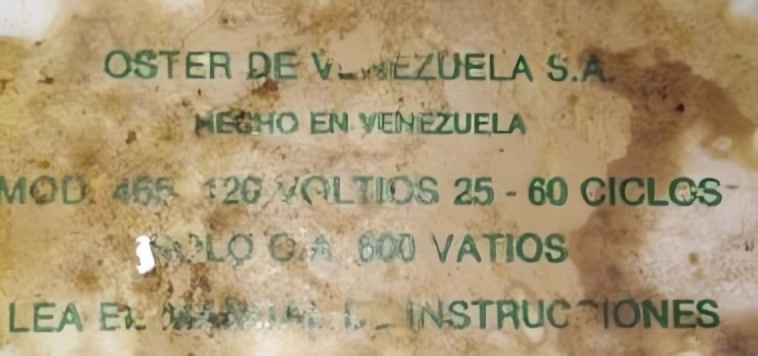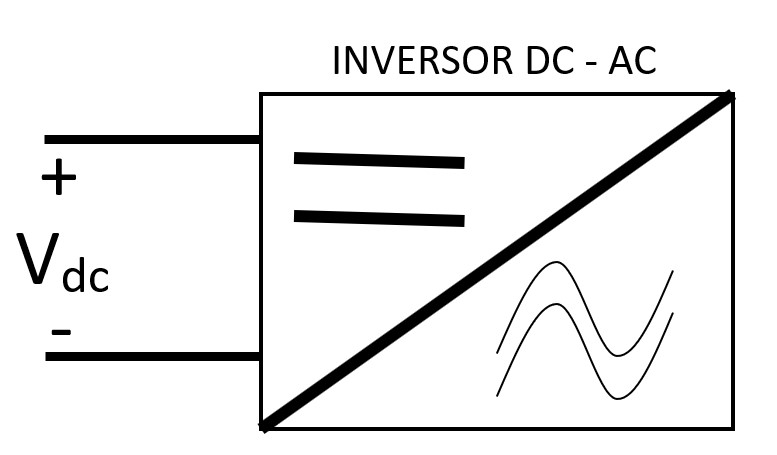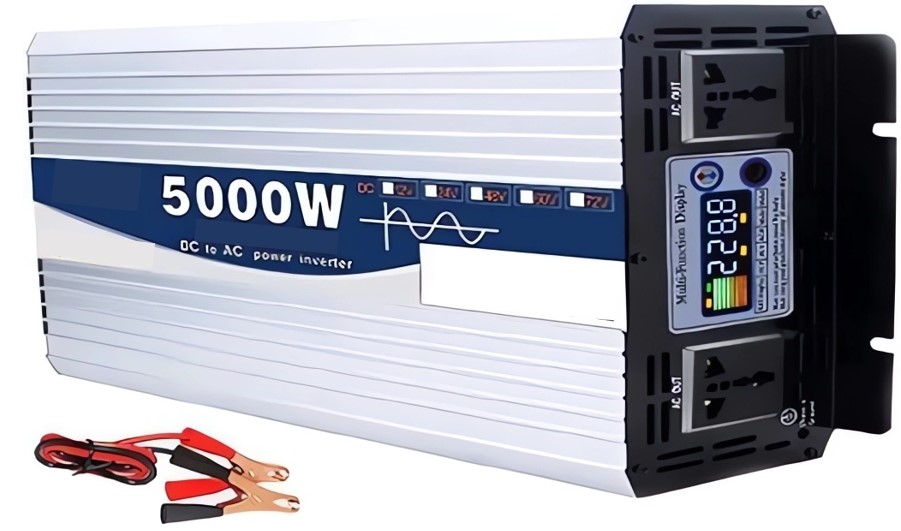Solar Energy
How to calculate the capacity of a pure sine wave DC/AC inverter
Pure sine wave DC/AC inverter are the most advanced technology in the industry. If you want to know them in detail, we invite you to read our post Pure sine wave inverter: features and operation
Although it is the most expensive equipment, it also provides the benefit that you can power any type of load with it, as long as it is correctly sized in terms of the power it can deliver.
For this reason, we will now present the methodology for determining its capacity. Let’s get to it!
First: conduct a load study
What are we referring to?
Unlike other technologies, in the case of a pure sine wave inverter, the load study only refers to its consumption. With this DC/AC inverter, you can power all types of equipment.
Refer to the article Inverter selection based on technology and connected loads for more details on inverters and the equipment they can power.
Continuing with the procedure, determine the power consumption in watts of each device you plan to connect to the inverter. This information can typically be found on a label located on the back or underneath the appliance, similar to the one shown below.

How to determine the total required power
Please note that some manufacturers may not directly provide power ratings in watts but instead indicate current and voltage. In such cases, you can determine the power in watts using the following equation:
Watts = Voltage x Current
This will give you the nominal power rating of the equipment.
If you have equipment that includes motors, such as a refrigerator, washing machine, air conditioner, dishwasher, etc., you should multiply this value by 5. This is because it is estimated that this is the average power consumption of equipment during startup.
This is to overcome the inertia of starting in motion, and its duration is only a few seconds. After that, it will consume its nominal power.
Once you have determined this value for each piece of equipment, you proceed to sum them up. Here’s an example:
It’s worth noting that some inverters can handle up to double their nominal power for a few seconds.
To better understand this concept, we have published the article Nominal power vs. maximum power in a dc/ac inverter: are they the same?. Which i’m sure you will find very informative.
However, in order to avoid stressing the inverter, it is preferable to take this overload into account in the calculation of the nominal capacity.
Let’s suppose you are connecting the following equipment to the pure sine wave inverter:
1 TV with 100 W of power: 1 x 100 = 100 W
1 blender with 120 W: 5 x 120 = 600 W
5 LED light bulbs, each consuming 10 W: 5 x 10 = 50 W
1 refrigerator with a nominal consumption of 200 W: 200 x 5 = 1000 W
Total Power = (100 + 600 + 50 + 1000) = 1.750 W
Choose the appropriate input voltage

Depending on the system configuration, you can have different DC voltages at the input of the inverter. These are typically multiples of 12, such as 12, 24, 36, or 48 VDC.
To have a clearer understanding of this step, we recommend reading the article Example of selecting a solar inverter by DC input voltage . It will help clarify any doubts you may have!
Regarding the output voltage

This factor depends on your country’s electrical standards, so you should be cautious when making a purchase. The best way to determine it is by checking the voltage required by your equipment.
To guide you in this stage, we recommend reading the article Example of selecting an inverter by AC output voltage and power.
Selection of the capacity of the pure sine wave DC/AC inverter
The criterion to follow is to select an inverter whose power is double the total power of the equipment you want to power. If you end up with a value that is not commercially available, you choose the nearest higher value.
For example, if we take the load study conducted earlier, the total power is 1750 W.
Inverter power = (2 x 1.750) = 3.500 W
Let’s assume that there is no inverter of this capacity available in the market, so you would choose one with a nominal power immediately higher. Let’s assume it’s 5.000 W, so that would be the capacity of the inverter you should purchase.

Concluding …
In the energydcac blog, you will find a wealth of relevant content on this topic. Additionally, you will also discover multiple posts on various DC/AC and solar energy topics. Don’t miss out!
Image sources
- sotysolar.es
- energydcac.com
- amazon.es
